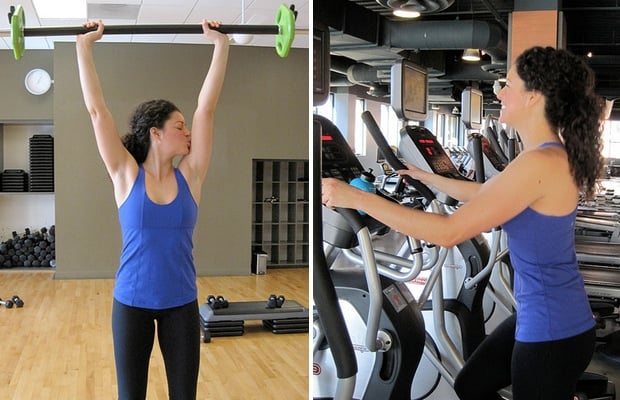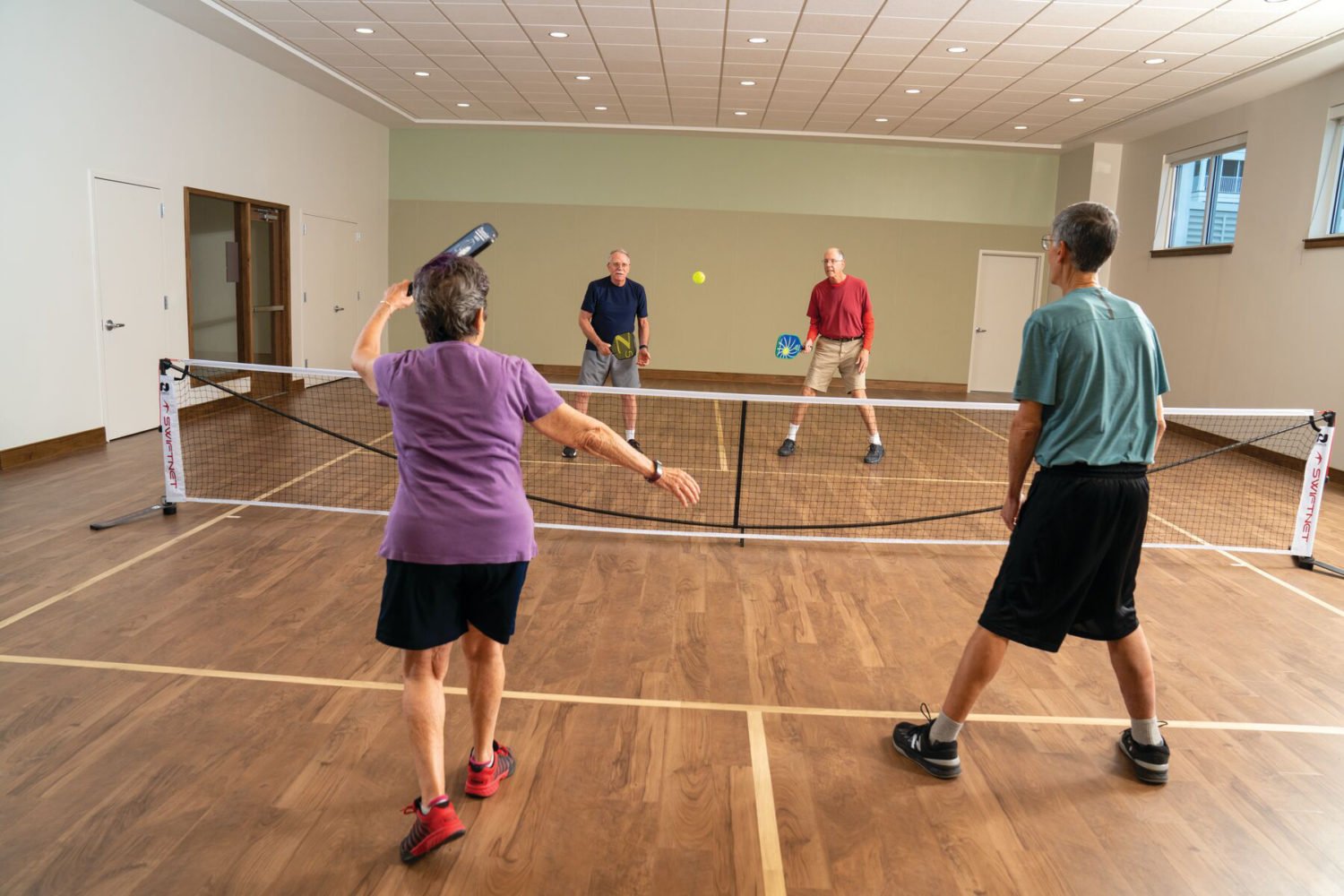Apart from professional and college athletes, who are required to do them, I’ve never really understood why people choose to do two-a-day workouts.
First off, who has time to hit the gym twice in one day? By the time I get in my morning workout and make it home from an eight-hour workday, all I want to do is put on my sweatpants and watch repeats of Friday Night Lights on Netflix.
I guess that makes me the polar opposite of the driven female New Yorkers mentioned in a recent New York Times article by Courtney Rubin. In the article, “Workouts, Times 2 (or 3)”, these busy women raved about their extreme dedication to fitness, which usually involved an hour-long cycling class followed immediately by an hour-long barre class down the block. This training method was repeated throughout the week, mixing in pole dancing, kettlebell routines, and other popular workouts. One 35-year-old woman admitted to spending $10,000 a year on two-a-days during the week and giving up her Saturdays for marathon workout sessions lasting more than five hours.
Not exactly my idea of a relaxing lifestyle.
To break down the logic behind these grueling workouts, I turned to local personal trainer Allyn Blind, who at one point during her own weight-loss journey added two-a-days to her already demanding schedule. I wanted to know: Are two-a-days really worth the time, dedication, and money–not to mention the exhaustion?
It depends what you’re looking for in your workouts, she told me. “If your goals are weight loss and you don’t have the time to do resistance and cardio in one session, then splitting it up can make it conducive for people’s schedules.”
On the other hand, Blind says she can hardly recall a time she’s recommended squeezing in two hour-long cardio sessions into one day. Sure, you’re likely to burn more calories in the process, she says, but that nonstop intense training can actually wreak havoc on your body. “It ends up being a detriment. If you’re constantly tired and lethargic because of your intense workouts, your metabolism can backfire on you,” she explains.
It’s especially dangerous for people who are on the lower end of their recommended calorie intake. “They’re really restricting their opportunities for fuel,” Blind says. “The body will struggle for energy and store [the calories] whenever it can.”
But the downsides to two-a-days can be avoided if one is smart about it, she assured me. Doing a 30-minute cardio session in the morning and then an afternoon resistance-training workout is ideal–that’s typically the type of training you’ll find among college and professional athletes, even high school football players, though for much longer supervised periods.
Same thing goes for triathletes, who have to carve out training time for three sports. Talk to almost any triathlete in Washington and it’s likely they’ve fit in a swim and a run before you’ve even sat down for lunch.
It can be exhausting, but as Blind explains, “There’s a lot more structure with triathlon training. There’s a plan to build up mileage with regards to all three events in a slow manner to test your body when competition comes.” Plus, athletes are likely to load up on carb- and protein-rich diets to support their high activity (see Michael Phelps’s 12,000-calorie-a-day diet).
And of course, rest days are essential. “Rest and recovery, with regards to resistance training, is when progress happens,” Blind says. “This is when the body builds and tones muscles–that’s why sleep is so important.”
Without sufficient recovery time–at least one day off in between two-a-days–the body is likely to plateau, she adds. When clients tell her they’re working out full-force twice a day but not seeing a changes in physique, Blind says she often thinks, “All that time–and for what?”
“Maybe that’s why they continue to pound the ground: because they think they will ultimately get to that point,” she says. Problem is, if people don’t let their bodies recover, they rarely will reach their fitness goals.
Are you a fan of two-a-days? Let us know your thoughts in the comments section.













